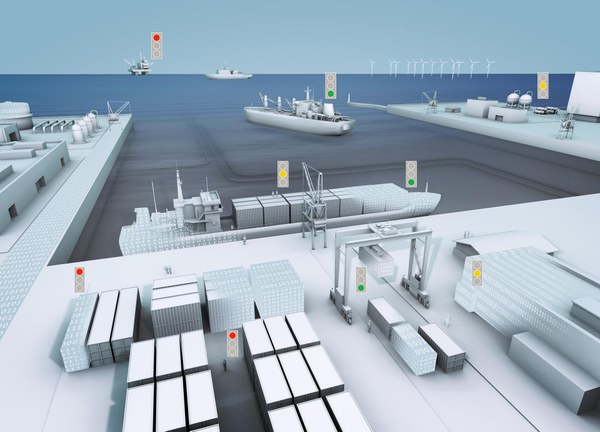DiRaWi-2

As part of the DiRaWi-2 project, DLR Wind Energy Research is developing methods to create a 'virtual wind farm'. A total of eleven institutes and facilities within the German Aerospace Center (Deutsches Zentrum für Luft- und Raumfahrt; DLR) are jointly working on a digital framework architecture for the creation of a virtual representation of the actual DLR Research Wind Farm (WiValdi).
The long-term aim of the simulation is to establish a highly accurate mathematical and numerical model of a wind farm that captures all its characteristics over the entire life cycle. Achieving such a model requires multidisciplinary simulation methods, along with modular processing chains and platforms designed for efficient use on future high-performance computers and distributed computing systems.
To achieve this, DLR scientists link various simulation tools within one or more computational chains. These tools are integrated using the DLR-developed RCE (Remote Component Environment) programme, which facilitates their flexible, modular linking across various computers and operating systems. Data exchange between the simulation tools is standardised through the Common Parametric Aircraft Configuration Schema (CPACS), an established system in the aviation sector. An XSD schema is also defined and created to include all variables relevant to a wind farm.
DiRaWi-2 builds directly on the one-year preparatory project DiRaWi-1, which concluded in December 2022. Through this modular expandable development environment, DiRaWi-2 lays the foundation for the ongoing development of the virtual wind farm in collaboration with internal and external partners, with a long-term perspective on its usage.
Project DiRaWi-2 – Digital framework architecture for the construction of a virtual wind farm with commercial connectivity
- Duration: 1 January 2022 to 31 December 2025
- Leading institute: DLR Institute of Aerodynamics and Flow Technology
- Project type: Core funding
- Funding body: DLR Energy Programme Directorate











